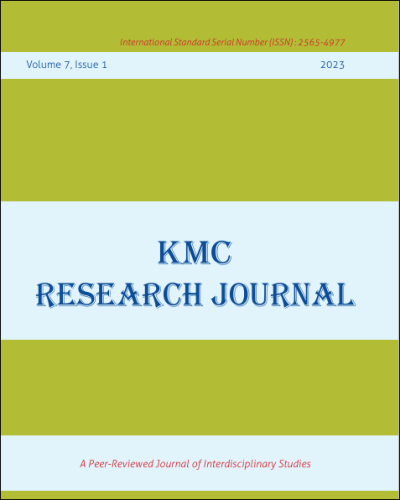Position and Trends of Resource Gap in Nepal
DOI:
https://doi.org/10.3126/kmcrj.v7i1.65079Keywords:
Resource Gap, Budget Deficit, Position, TrendsAbstract
Nepal's budget shortfall stems from excessively high recurring expenses, constituting over 60% of the government's total spending. Conversely, capital expenses linger below 20%. This imbalance highlights an unfriendly stance towards growth in the budget deficit, necessitating reduction. This study has examined the position and trends of resource gap in Nepal for which the source of the data used in the analysis was secondary. The data has been collected for the period 1986-87 to 2021-22 from the Central Bureau of Statistics (CBS) under the National Planning Commission (series of GDP). Descriptive statistics and trend analysis is used for secondary data analysis. A Statistical Package for Social Sciences (SPSS) software was used for data analysis for the study. The results revealed that Nepal is facing huge resource gap because of inability to raise revenue in comparison with the growing expenditure. To finance this huge resource gap the government is taking loans – both internal and external. Net outstanding public debt is increasing significantly. Government efforts should be placed on the mobilization of domestic resources for financing regular and development expenditure because foreign loan may be a great burden to the future.
Downloads
Downloads
Published
How to Cite
Issue
Section
License
© Koteshwor Multiple Campus




